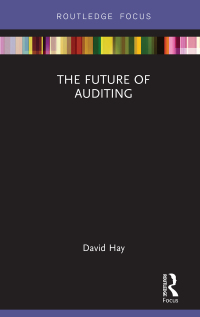(4) The country of Advantureland has two citizens, Bill and Ted. Bill has a private legal business. He earns $50 per hour. When no tax (0%), Bill works 20 hours per week. At a 25% tax rate he works 16 hours, and at a 40% tax rate he works only 8 hours per week. Ted has a manufacturing job. He works 20 hours per week and earns $6 per hour, regardless of the tax rate. . The government is considering imposing an income tax of either 25% or 40% on Bill and using the revenues to make transfer payments to Ted. The following table summarizes the three possible policies. 0% 25% 4096 Bill Pre-tax income $1000 $800 $400 Taxes 0 200 160 Net Income 1000 240 600 In 120 Ted Pre-tax income 120 120 Taxes 0 200 160 Net Income 120 320 280 (a) Suppose that Bill and Ted care only about net income, i.e., their utility function is linear in net income y, u(y) = y. (0) Does either tax-transfer proposal more efficient than the status quo of no tax? Why? Is either tax-transfer proposal obviously less than optimal? Explain. (b) Suppose that Bill and Ted have the same utility function u(y) = y1/2, where y is consumption (which equal to net income). (1) Rank the three tax-transfer policies for a utilitarian social welfare function. Rank the three tax-transfer policies for a Rawlsian social welfare function. (c) How would your answer change to (b) if the utility function is instead u(y) = y1/5? Answer both (b.i) and (b.ii), and explain why. (4) The country of Advantureland has two citizens, Bill and Ted. Bill has a private legal business. He earns $50 per hour. When no tax (0%), Bill works 20 hours per week. At a 25% tax rate he works 16 hours, and at a 40% tax rate he works only 8 hours per week. Ted has a manufacturing job. He works 20 hours per week and earns $6 per hour, regardless of the tax rate. . The government is considering imposing an income tax of either 25% or 40% on Bill and using the revenues to make transfer payments to Ted. The following table summarizes the three possible policies. 0% 25% 4096 Bill Pre-tax income $1000 $800 $400 Taxes 0 200 160 Net Income 1000 240 600 In 120 Ted Pre-tax income 120 120 Taxes 0 200 160 Net Income 120 320 280 (a) Suppose that Bill and Ted care only about net income, i.e., their utility function is linear in net income y, u(y) = y. (0) Does either tax-transfer proposal more efficient than the status quo of no tax? Why? Is either tax-transfer proposal obviously less than optimal? Explain. (b) Suppose that Bill and Ted have the same utility function u(y) = y1/2, where y is consumption (which equal to net income). (1) Rank the three tax-transfer policies for a utilitarian social welfare function. Rank the three tax-transfer policies for a Rawlsian social welfare function. (c) How would your answer change to (b) if the utility function is instead u(y) = y1/5? Answer both (b.i) and (b.ii), and explain why








